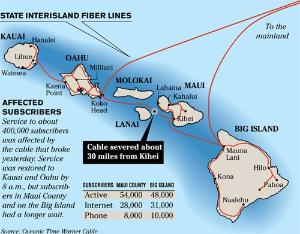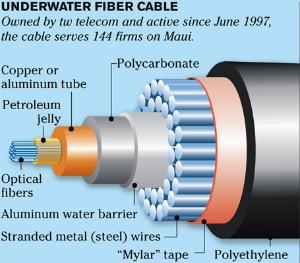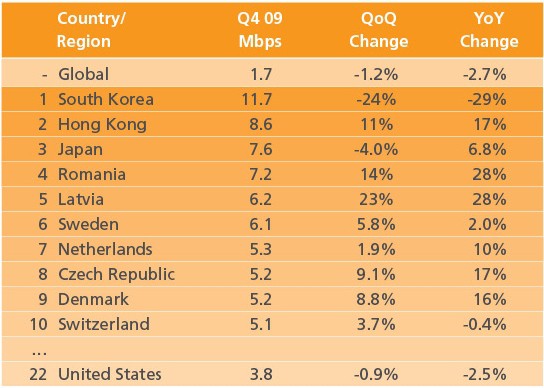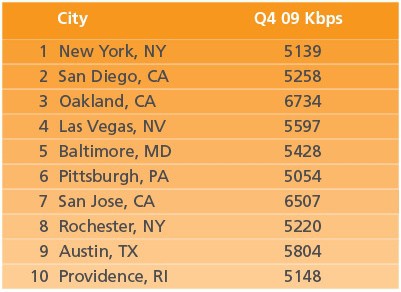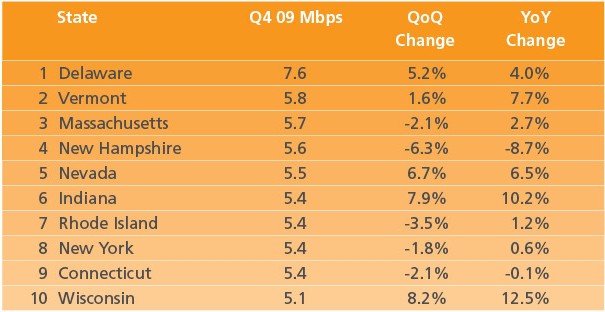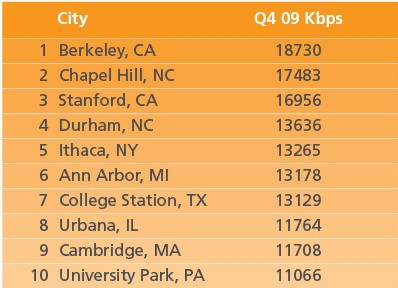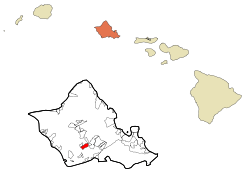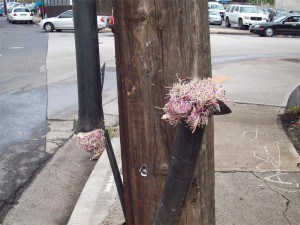 Hawaiian residential and business customers relying on Hawaiian Telcom for phone and broadband service are not impressed with the phone company’s performance after rain disrupted scores of phone lines around the islands. Some customers are reporting service outages extending for days as the company tries to cope with wet phone lines.
Hawaiian residential and business customers relying on Hawaiian Telcom for phone and broadband service are not impressed with the phone company’s performance after rain disrupted scores of phone lines around the islands. Some customers are reporting service outages extending for days as the company tries to cope with wet phone lines.
Hawaiian Telcom, which emerged from bankruptcy in October, has been trying to keep the Verizon landline network it bought in 2005 in working order, but heavy rains can create major problems for the phone company.
The outages started on Oahu two weeks ago, but yesterday’s heavy rains exponentially increased the number of customers with no service.
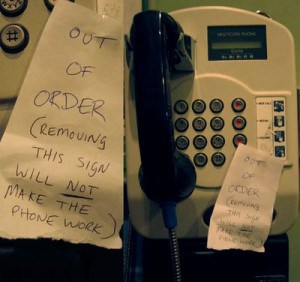 Businesses reported heavy static on their landlines, if they had service at all. Many found processing credit card transactions an ordeal, often switching to manual methods to gain credit card approvals or requiring cash for purchases.
Businesses reported heavy static on their landlines, if they had service at all. Many found processing credit card transactions an ordeal, often switching to manual methods to gain credit card approvals or requiring cash for purchases.
Hawaiian Telcom told Hawaii’s KITV-TV the prolonged wet weather caused water to seep into its cables and in some cases is short-circuiting them. The solution is either to replace the lines or to allow enough time for the cables to dry out.
So far, the phone company is taking a wait-and-let-dry approach. Unfortunately, additional heavy rains are expected to impact the islands this week.
Hawaiian Telcom is providing service credits for the outages and is assisting area businesses by offering to automatically forward incoming calls to working numbers, including cell phones.
When the rains stop, some businesses may consider whether traditional landline service is the best choice for reliability.
“It’s a safe bet we’ll have a cellular account with wireless broadband to run credit cards in the future to cover these kinds of events,” reports Stop the Cap! reader Sam, who runs a convenience store on Oahu. “I understand relentless rain can cause problems, but we are on day six with no service in our strip mall.”
Sam is currently relying on his personal cell phone to take business calls, but hasn’t been able to accept credit cards since the outage began.
[flv width=”640″ height=”500″]http://www.phillipdampier.com/video/KITV Honolulu Wet Weather Blamed For Phone Outages 12-22-10.flv[/flv]
KITV-TV in Honolulu covered the ongoing phone outages afflicting Hawaiian Telcom customers, especially on Oahu. (2 minutes)


 Subscribe
Subscribe
